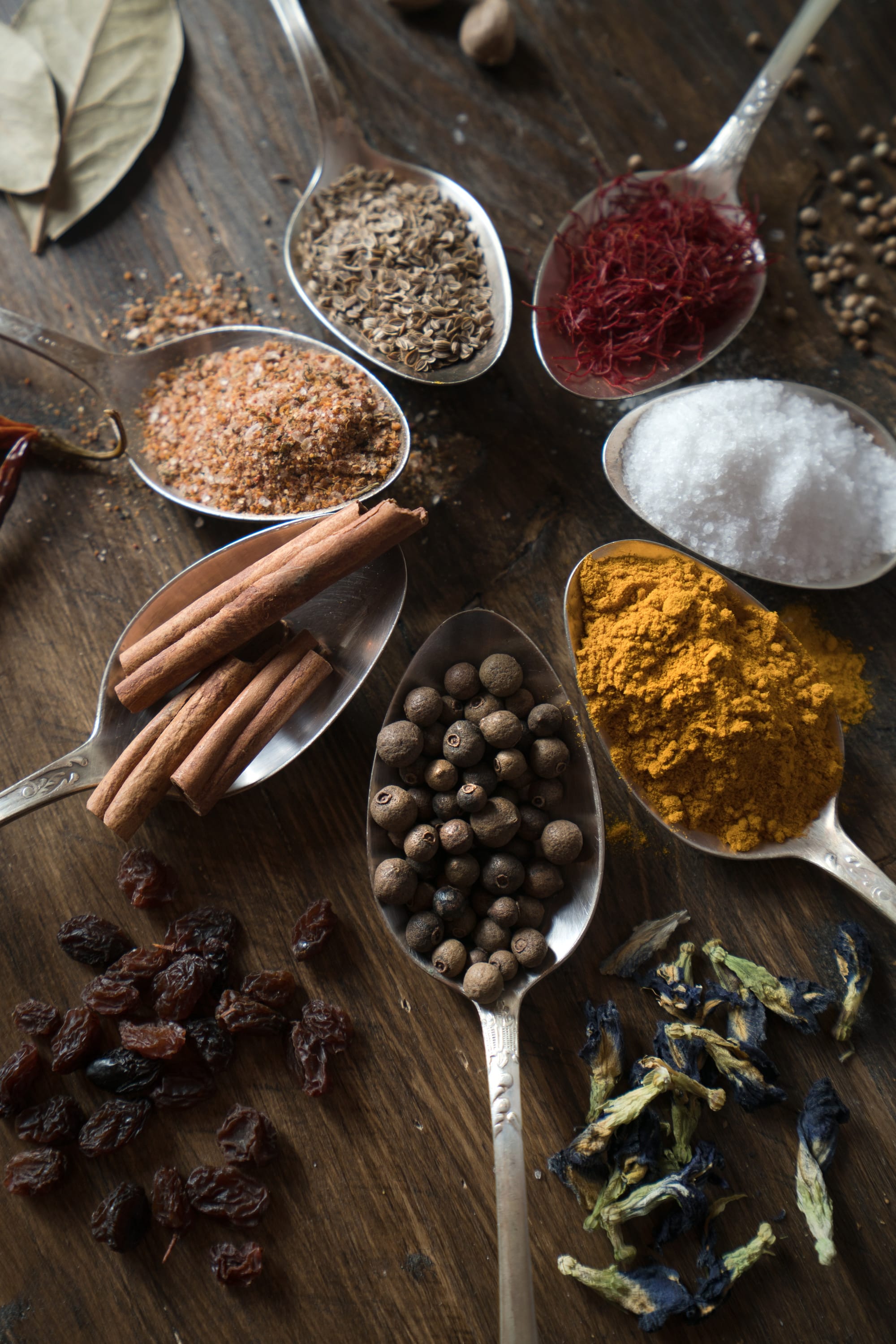SPICES, ESSENTIAL OILS & OLEORESINS

Sri Lanka, renowned as the exclusive global supplier of pure cinnamon, has a rich history as a hub for high-quality spices. Back in the 15th century, major world powers engaged in fierce battles over control of Ceylon Cinnamon and Pepper, which earned Ceylon Spices the moniker "the flavor that set a thousand ships in motion." Today, Sri Lanka stands as a leading exporter of Ceylon Cinnamon, Ceylon Pepper, Ceylon Cloves, Ceylon Nutmeg, and Ceylon Cardamom, all carrying the geographical indication of Ceylon Spices due to their exceptional aroma and flavor, influenced by the country's unique terroir. Additionally, Sri Lankan spice manufacturers offer a variety of essential oils and oleoresins derived from these exceptional spices.
Often referred to as the "Spice Island," Sri Lanka has historically captivated the Western world with its spice treasures. Suppliers of Sri Lankan Spices and Allied products now export the most sought-after cinnamon, pepper, cloves, cardamom, nutmeg, mace, and vanilla. These spices flourish across the island in diverse soil types and under varying temperature conditions.
Sri Lanka's agricultural exports encompass spices, allied products, and essential oils, which play a vital role in seasoning, flavoring, and enhancing dishes worldwide.
Cinnamon takes center stage as the most significant spice in this sector. In ancient Sri Lanka, cinnamon had various uses, including in medicine, cuisine, perfumery, and beverages. Today, cinnamon enjoys widespread use in bakery products, pharmaceutical preparations, and cosmetics worldwide. Cinnamon is exported in its primary form, as well as in value-added forms such as cut pieces, powder, and crushed form. Sri Lanka, the world's largest producer and exporter of cinnamon, proudly protects Ceylon Cinnamon as a branded product known as "Pure Ceylon Cinnamon," which encompasses several unique characteristics of Cinnamomum Zylanicum under geographical indication (GI) protection.
Sri Lankan pepper is renowned for its high intrinsic quality, with higher piperine content providing superior quality and pungency. Pepper is offered in various grades for grinding and the extraction of essential oils and oleoresins. Pepper is predominantly grown in the wet and intermediate zones, often as mixed crops.
Nutmeg and mace are celebrated for their aromatic flavors. Sri Lankan cloves are known for their higher oil content compared to those from other countries. The odor, flavor, and oil content are the key factors distinguishing Sri Lankan cloves. Cardamom, known as the 'Queen of Spice,' predominantly grows in lush spice forests. Sri Lankan cardamom exports feature light green varieties. Nutmeg and mace, two separate spices derived from the same plant, thrive in Sri Lanka's upcountry.
Ginger, turmeric, and vanilla cultivation and exports further enrich Sri Lanka's spice industry. Vanilla fragrance holds significance as a natural source for flavoring confectionery, perfume, and pharmaceutical products. The production of spice crops remains focused on mixed home gardens, particularly for pepper, cloves, nutmeg, and cardamom. A considerable portion of cinnamon is grown in small holdings as a pure crop. Additionally, out-grower systems and community-based cultivations are linked with exporters.
Export companies adhering to Good Manufacturing Practices (GMP), Hazard Analysis and Critical Control Points (HACCP), and International Organization for Standardization (ISO) standards stand to gain more opportunities in international trade.
In recent years, Sri Lanka's spice exports have continued to grow, surpassing $214 million in 2011, marking an 11.73% growth. The net foreign exchange earnings from the Spice & Allied product sector consistently exceed 80%.
Sri Lanka has taken numerous measures to enhance and elevate its spice industry. Processing centers have been modernized to meet international quality standards, such as HACCP. Emphasis has been placed on improving agronomic practices by educating farmers on good agricultural practices. Small-scale producers are encouraged to follow good manufacturing practices when drying and processing these valuable products.